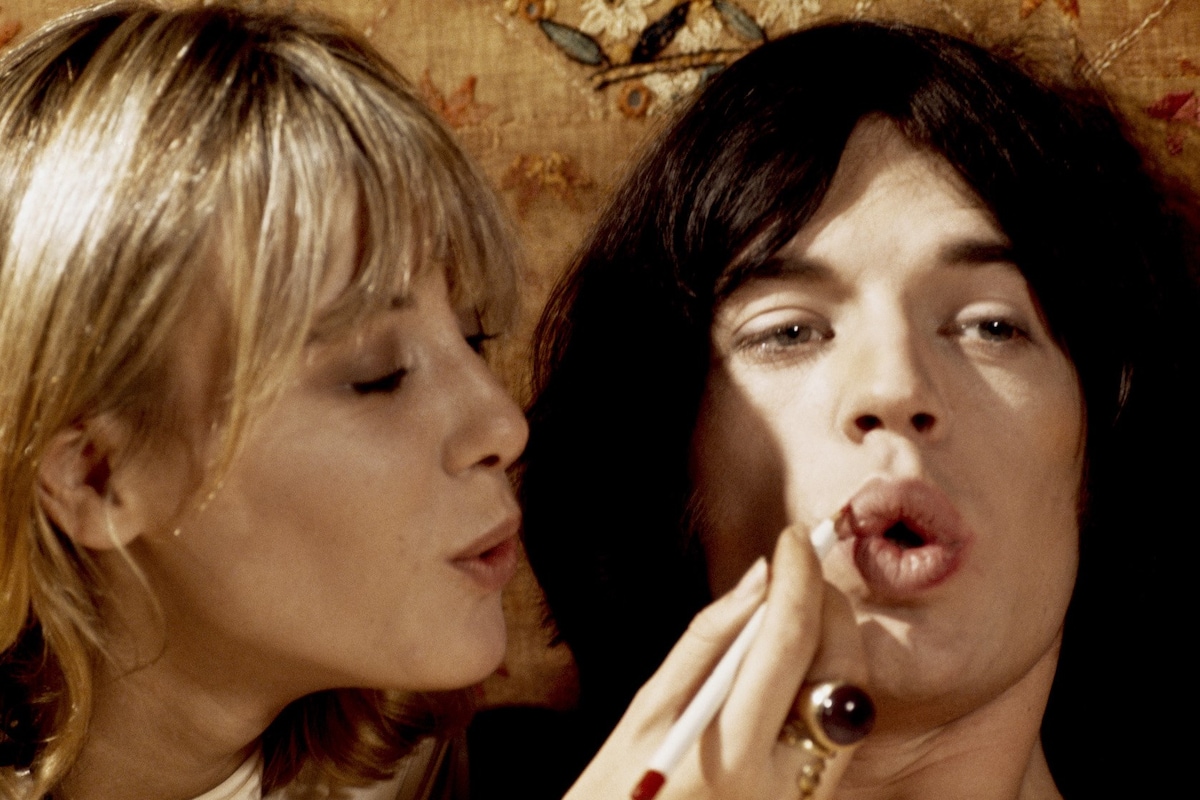
""It was the post-war period in England when everything came back to life and suddenly had a different energy primarily expressed through music. Music was the great driver," says documentary filmmaker and screenwriter Andrew Maclear."
""They were all perfectly accessible," Maclear says. "If there was an event going on, you could knock on a dressing room door and the artist would open it themselves. I remember going to photograph The Who, and when Keith Moon opened the door, I said, 'I want to do some pictures,' and he said, 'Come on in.'""
""It didn't last long, but from '65 to '70, the mood in London was marvelous - open, free, optimistic," he says. "I remember when the Sergeant Pepper's Lonely Hearts Club Band album came out [in 1967], there was nobody in the street, because everybody was in their houses listening to this album. That's how powerful the music was.""
Andrew Maclear left school at 15 and moved to London in 1966, beginning work as a bicycle messenger for a film company. He advanced to a cutting room trainee before losing that position; a camera from his father launched a photography career. Maclear captured counterculture icons including John Lennon, Allen Ginsberg, Françoise Hardy, Jimi Hendrix, and Jean-Luc Godard, finding artists unusually accessible at events. The mid-1960s London scene combined vibrant, music-driven optimism with a contrasting underground populated by figures like the Kray Twins. Maclear recalls the period from 1965 to 1970 as open, free, and charged with possibility.
Read at AnOther
Unable to calculate read time
Collection
[
|
...
]